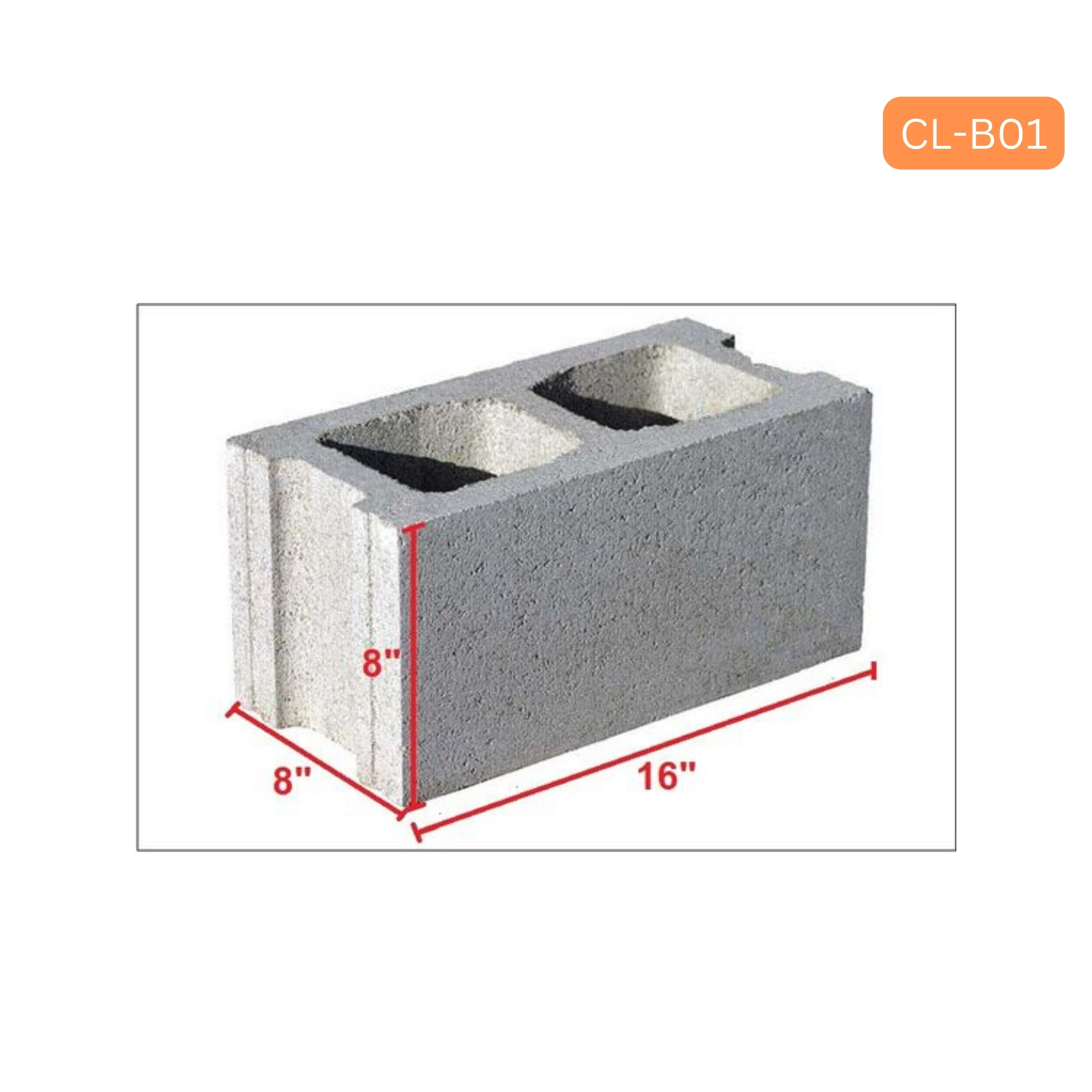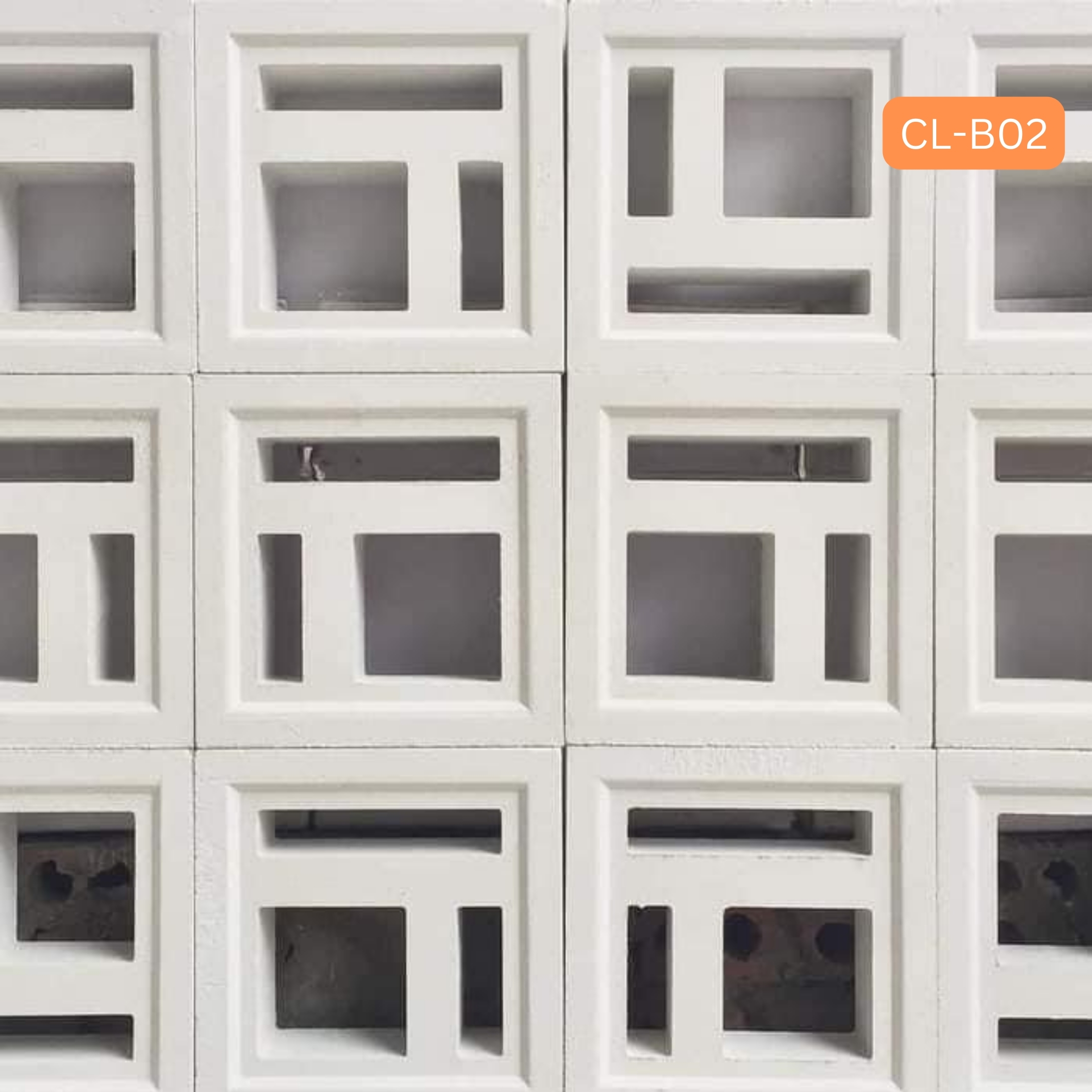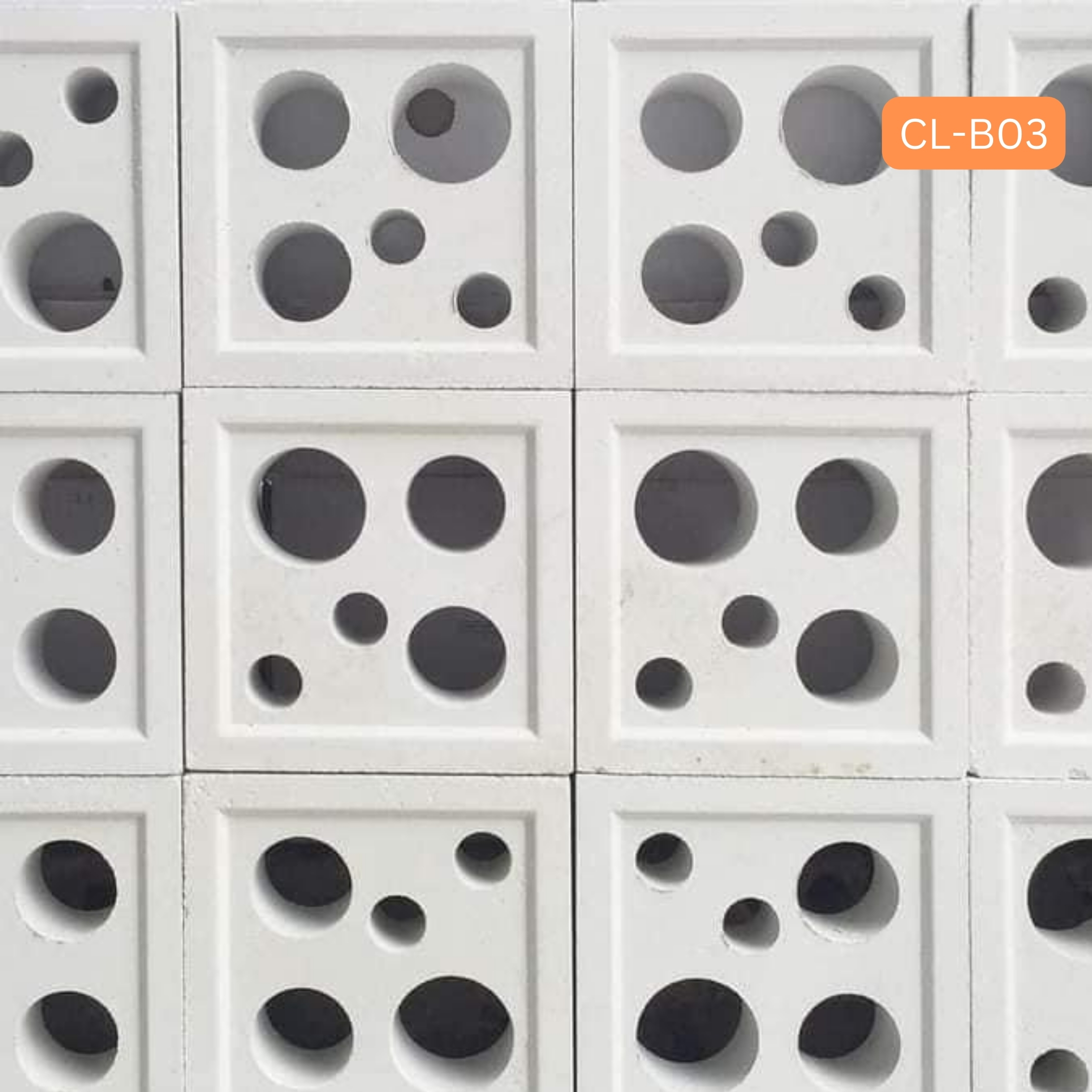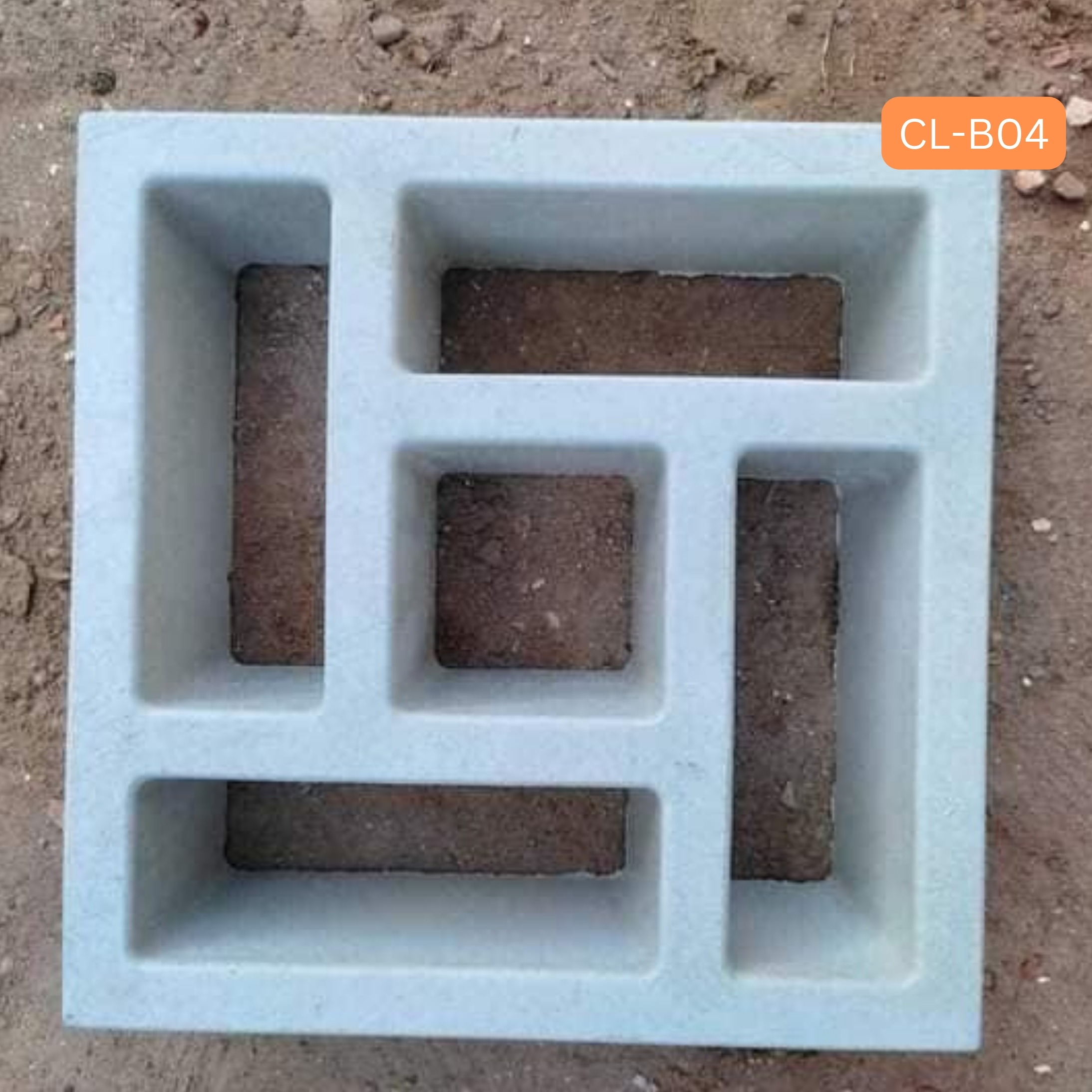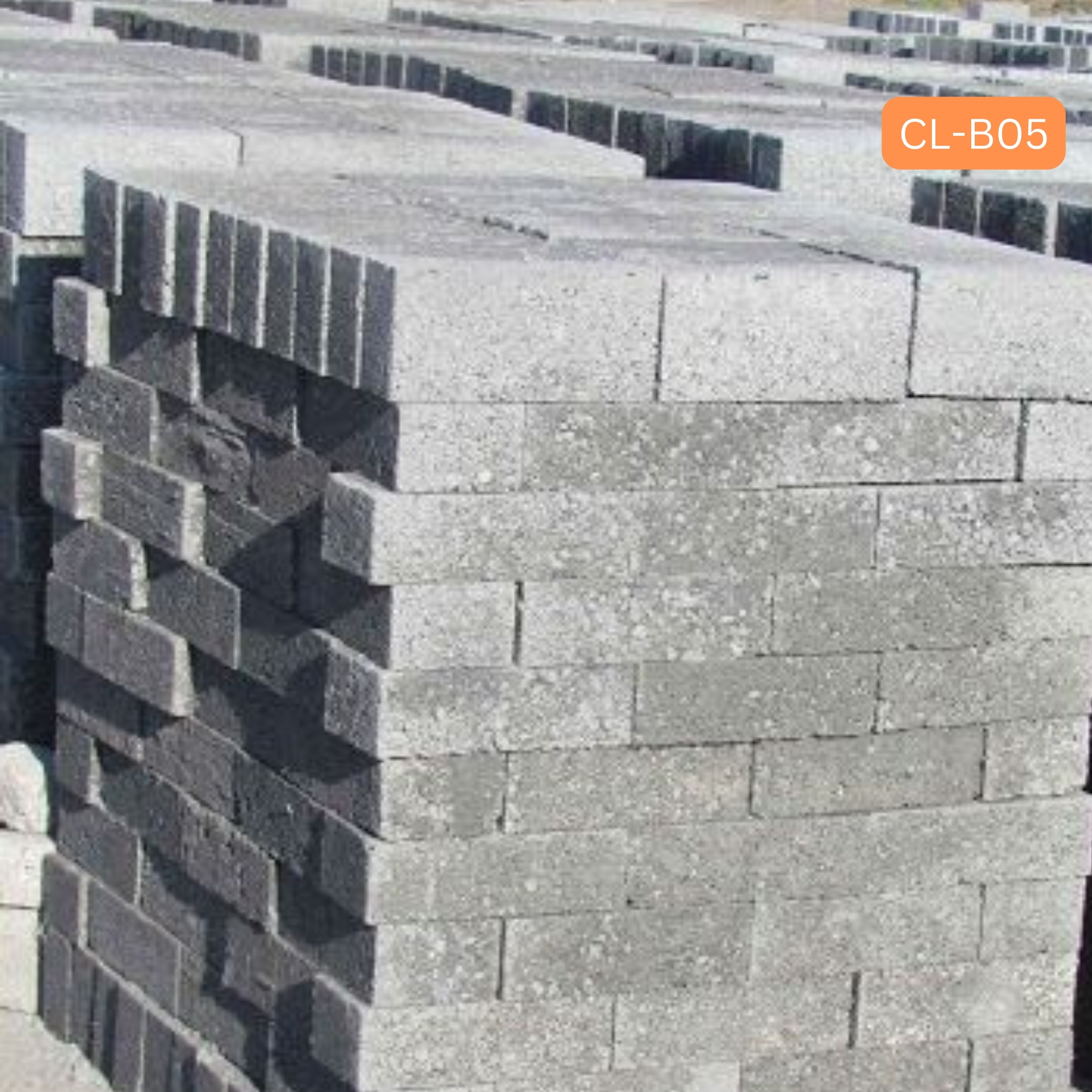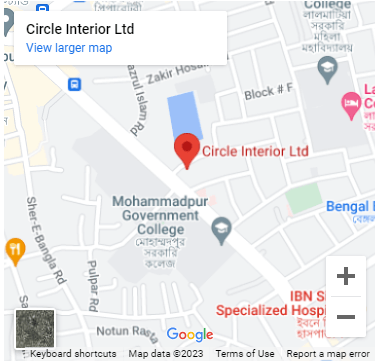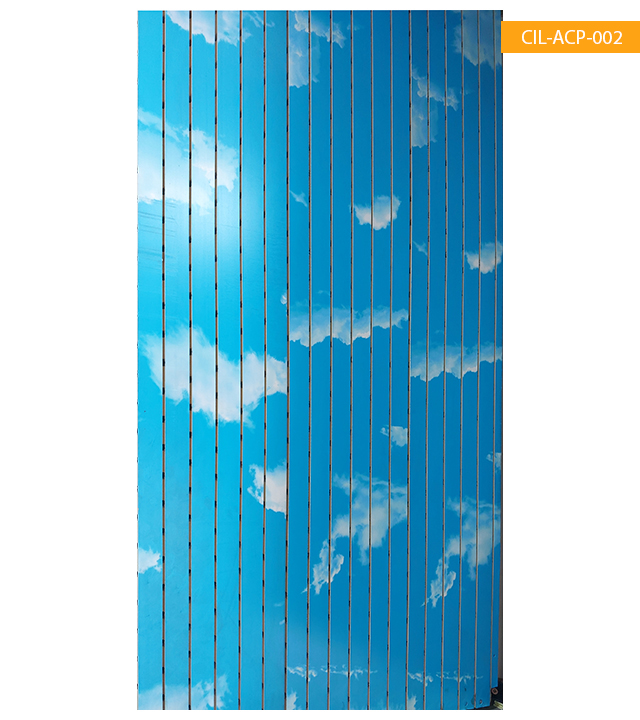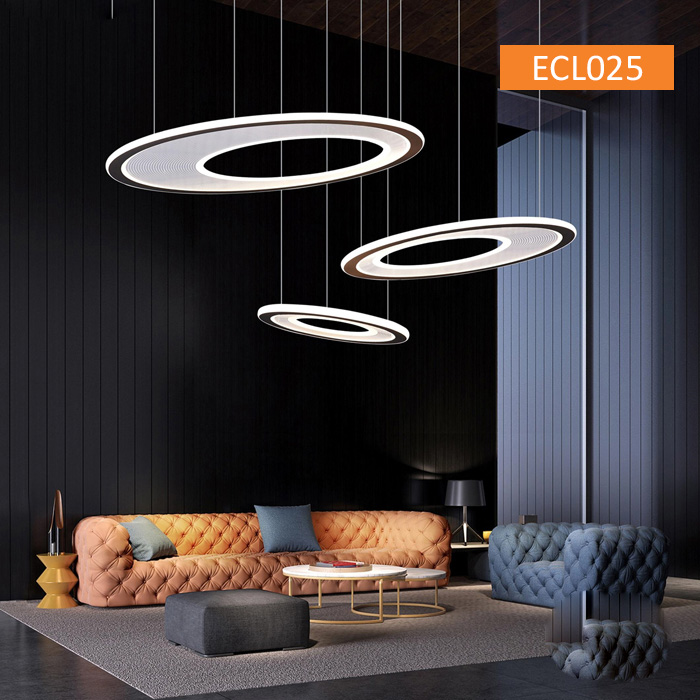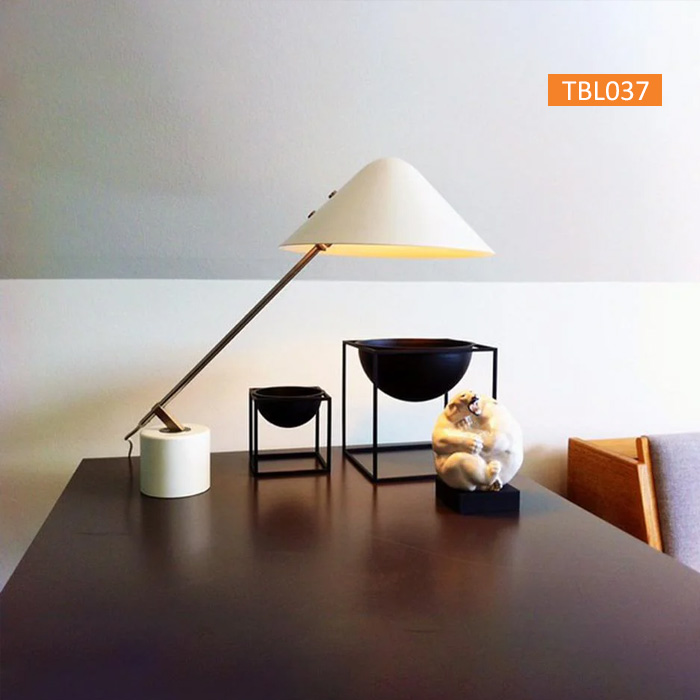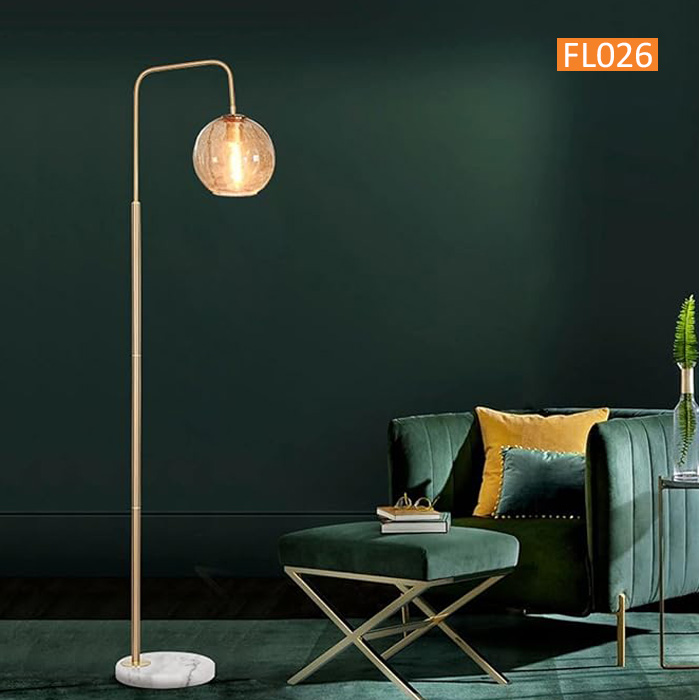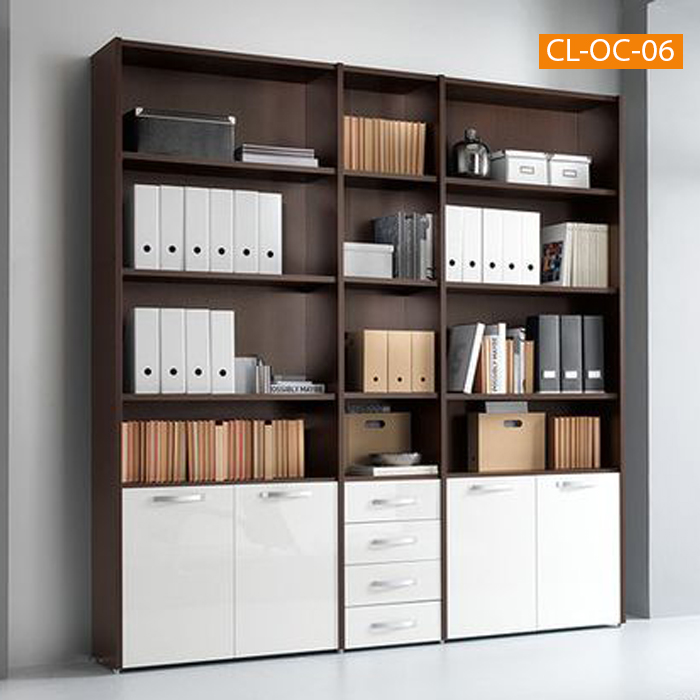AAC Block is a new technology in Bangladesh. This is a type of block that is mainly used for making walls. To maintain an eco-friendly environment, the popularity is increasing. Cost-effective, easy construction, lightweight, thermal insulation, and fire resistance are some advantages of AAC block. This block can reduce your construction cost by up to 20%. This article will help you to get a clear idea about the type, benefits, technical specifications also the AAC Block price in Bangladesh.
What is an Autoclaved Aerated Concrete (ACC) Block?
Autoclaved Aerated Concrete (ACC) Block was developed by Swedish architect and inventor Dr. Johan Axel Eriksson. After that in 1929, the production started in Sweden. AAC block is a great alternative to traditional brick. It is a sustainable material that consists of river sand, cement, limestone, gypsum, and aluminum powder. ACC Block is used for interior and exterior walls. For its unique benefits, ACC Block is becoming popular in residential, hotel, factory, and commercial building walls.
Why use Autoclaved Aerated Concrete (ACC) Block?
AAC block ensures cost-effective and quick construction of walls. One AAC block is equivalent to 7 normal bricks. Any wall can be built very easily with AAC blocks. In addition, carbide-tipped hand saws can be changed to any shape quickly and easily. As a result, it is possible to ensure maximum utilization of blocks by reducing wastage.
Assurance of low-cost wall construction
1 AAC block is equivalent to 7 normal bricks
Reduces building foundation costs
Reduces the cost of plaster
Guarantees fast construction
Block sizes are always correct
Environmentally friendly
Features of AAC block
AAC blocks have been produced and used worldwide for nearly a hundred years. AAC blocks are unique in quality compared to hollow blocks, bricks, and other cement construction materials.
Cost-effective: Structural design considering AAC blocks while planning the project saves 20-25% on the overall cost of building the house.
Environmentally friendly: Common bricks and blocks are made from fertile topsoil which is fatal to cropland. But river sand is used in AAC block production. Autoclave helps to maintain the navigability and course of the river by using sand lifted from the river.
Thermal Conductivity: Indoor temperature is 5 degrees lower than outside during summer due to low thermal conductivity.
Weight: AAC Blocks are lighter in weight than normal blocks or bricks, which makes transportation easier and less expensive, labor is also reduced and earthquake damage is less. Also, the blocks are easy to use due to their lightweight.
Fire Resistant: The AC block is fire resistant for 4-6 hours.
Exact size: Blocks made of autoclaved aerated concrete are cut to exact size as per requirement by an automatic cutting machine in the factory. As a result, blocks are always created in the correct size.
Technical specifications of AAC block
Subject Unit Details
Size Mm 600 mm. X 200 mm. X 100 mm.
Weight Kg 7.5-9.5
Compressive Strength MPa 4-6
Dry density kg/m3 650-1000
Thermal conductivity W/m-K 0.12
Fire resistant hrs. 4–6 hours
Sound insulation db 42
Types of AAC block
There are 3 types of AAC block compressive strength
Standard – 4.0 MPa
Supreme – 5.0 MPa
Extreme – 6.0 MPa
How to use AAC block
Step 1: Clean and level the floor
Step 2: Soak the AAC block in water for 10-15 minutes before using it
Step 3: Use a little thick mortar on the floor and make sure the surface is flat
Step 4: Take an AAC block and place it evenly on the wall and floor mortar
Step 5: Similarly, the first layer should be completed by placing AC blocks side by side
Step 6: Use a water level to make sure the first layer is level
Step 7: Use a carbide-tipped hand saw (saw) to cut the block evenly to fill the gap to the required shape.
Step 8: Follow the same procedure for the next step. Block joints 8-12 mm. Mortar should be applied
Step 9: If necessary, lightly tap the block with a rubber mallet to level the block
Step 10: Leave 2-3 cm between the upper end layer and the roof. The voids shall be kept and the voids shall be filled with concrete mix
Step 11: After completion of wall work 10-15 mm on the outer wall. Plaster should be done and plaster curing should be done for 7 days




